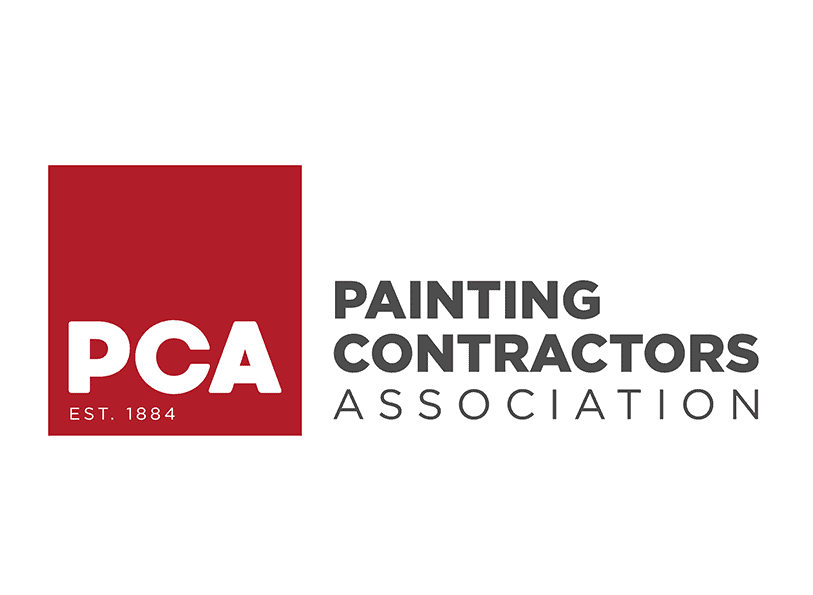08 Jun Do I have wood rot?
Something we find all too often as a painter in Northern Virginia is wood rot. It’s also something we would hope not find. The consequences of wood rot can be costly and invasive. Here are some things you should look for in-between having your home’s exterior repainted.
What is Wood Rot?
Let’s start with the definition of wood rot. Wood rot (or dry rot, as it’s often called) can occur when the right combination of conditions are present. You need a certain temperature, oxygen, some moisture, and wood to create wood-eating fungi. It’s not uncommon in warmer, humid temperatures and environments. Unfortunately, once the fungi are present, it can quickly spread into fresh wood if left unchecked. Also, wood can appear normal on the exterior but be hollowed out from the inside due to the wood rot.
Regular maintenance of susceptible wood is key to preventing wood rot.
Wood Rot Appearance:
Here are some symptoms of wood rot:
- Soft, brittle, or crumbling wood
- Powdery residue or buildup on wood surface
- Mold
- Discolored surface
- Damaged or compromised paint on wood
Where to Look for Wood Rot:
Wood rot is not always obvious or visible. It is often underneath the siding, on the underside of wood trim, or in an obscure spot you might not look for it. (More on that below.) This is why regular maintenance and inspection of your exterior wood surfaces is essential. A reputable professional, like Home Works, knows what to look for and where to look for it. If you’d like to look for wood rot before calling in a professional, where should you look for it?
Wood rot is typically present where there is exposed, weathered, or damaged wood. It can occur on any wood surface of your home’s exterior. It can also be found where paint has deteriorated or chipped off, leaving exposed wood is prime for wood rot. (Paint acts as a protective sealant for the wood.)
To check for wood rot, you can gently prod into the wood with a screwdriver or something similar. If the wood gives easily or even comes apart, there is a good chance there is wood rot, and you should contact a professional.
Where to look for wood rot:
- Window sills
- All exterior wood trim
- Soffits
- All exterior doors, thresholds, and frames
- Deck boards
- Fascia boards
- Wood decking
- Wooden garage doors and trim
- Any wood that is close to the ground
Termites:
We should mention termites as well because they can cause even more damage than wood rot. Subterranean termites live under the soil and feed on cellulose material found in plant cells and wood. Just like fungi, they eat away the inside of the wood, making it hollow and weak. Cracks in your foundation or walls can make wood accessible (and attractive) to termites. Regular, professional inspections for termites is critical not only to the integrity of your home’s structure but for your wallet. Termites cause several billion dollars worth of damages each year in this country.
When to Inspect for Wood Rot:
We suggest inspecting for wood rot at least once a year, given our Northern Virginia humid summer climate. Give us a call if you need help with your wood rot. We’re always happy to work with clients on their homes! Just call our office to schedule a free estimate.

Mike Katounas is the owner of Home Works Painting, a painting business in Northern Virginia. He has over 15 years of experience in residential interior and exterior painting, drywall installation/repair, carpentry, wallpaper removal, power washing, commercial painting, color consultation, and staining/sealing. Their service areas include Chantilly, Fairfax, Herndon, Oakton, Reston. Mike takes pride in his work, and he always follows a strict code of conduct that includes the use of quality paint, a clean workspace, and an honest, respectful approach to his customers.












Sorry, the comment form is closed at this time.